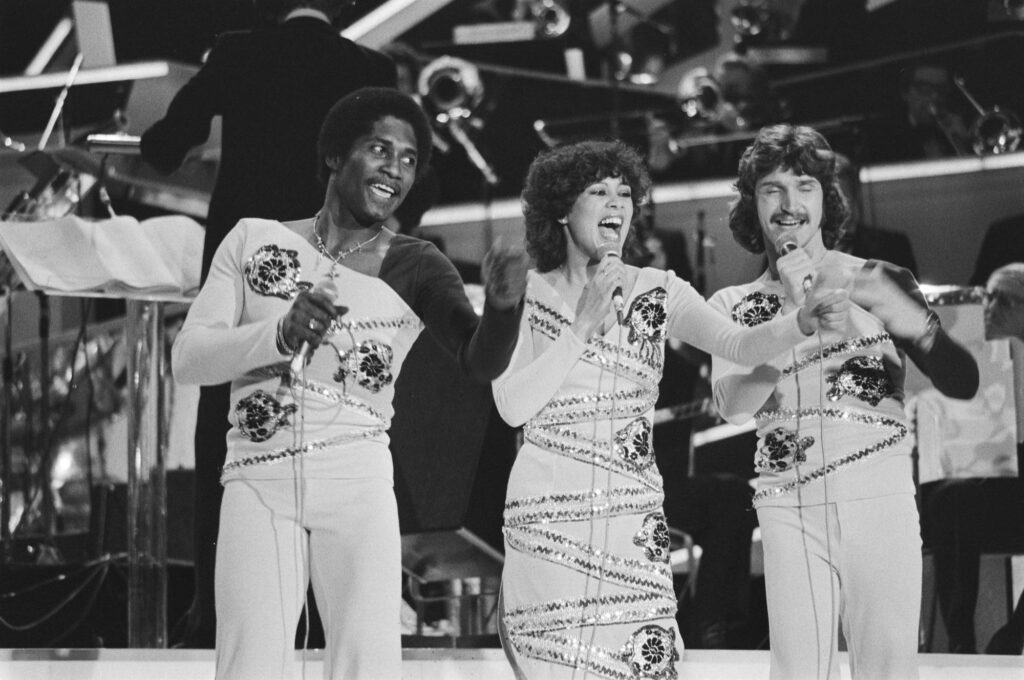James Ritty might never have been a household name, he never set out to be a famous inventor, nor did he ever seek fame and fortune in the public eye. He was just a saloon owner, in his words a “Dealer in Pure Whiskies, Fine Wines, and Cigars.” Other than that, there wasn’t much to the man.
Ritty was also a man with a particular problem. Or, maybe better put, he was in a profession with a particular problem. This was the 1870s and cash businesses like his needed to trust their employees. Customers would hand over however much money for their drinks, those funds went into the employees’ pocket, only to be handed over to the owner at some point … hopefully.
Unfortunately, finding good help has never been all that easy, so people like James Ritty had to keep a watchful eye out for financial deception. In this business, it was so easy for employees to pocket a little extra money here and there for themselves, so unless the owners wanted to follow everyone around and watch what they were doing very closely all of the time, there was no solution to this problem at all.
In 1878, Ritty was on a steamboat trip to Europe when he became fascinated with something. It was a simple mechanism, really. All it did was count the number of times the ship’s propeller went around. James wasn’t sure exactly how this thing could solve all his problems, and since he was touring Europe there wasn’t much he could do about it at the time, but he was certain he was onto something.

After he gets home, he and his brother get to talking about all this, and John thinks he might be onto something, too. The two men start tinkering with various things … trying this and that … and after a couple of monumental failures, they were able to make something that worked.
It was a device with several “keys” that, when pressed, would rotate a counter by a specific amount. Each key would represent a particular amount of money. When the employee sold two beers, they would press the responding key, and the dial would move by however much those beers cost.
One glance at the dial would tell the owners how much money they should have taken in – and if the final totals of the day didn’t match, they would know who to talk to about it.
On November 8, 1879, James and John Ritty ran to the Dayton patent office and filed one for their new device…
The Incorruptible Cashier
Initial response from local business owners was relatively favorable, so the Ritty brothers decided that if they were going to take this idea to the next level, they’d need to manufacture the product at a faster rate. The two purchased a warehouse in Dayton and began working on making more units and selling them at a reasonable price.
For some reason, this new business wasn’t working out nearly as well as they thought it would.
Part of the problem might have been that the pair were struggling to run two businesses simultaneously, or maybe they didn’t fully understand the financial implications of manufacturing a new product. Whatever the cause, their business failed to make money.
Ritty decided to sell off his shares of the Incorruptible Cashier business. Some shares went to a fella named Jackob Ekert of Cincinnati, who ran a china and glassware store; and John H. Patterson who ran a coal and railroad business, and it was he who became the new majority owner.
For Patterson, the name “The Incorruptable Cashier” wasn’t all that great, so he renamed the company “The Nationational Cash Register Company” or NCR for short. And, really, it wouldn’t be long before nearly every establishment in the world would have some brand of Cash Register to record sales, and over time these machines would evolve, adding more and more features until they resemble the Point of Sale Machiens that we have today.
As For James Ritty…
I know that if I came up with the idea for a revolutionary new product, and someone else made a ton of money from it – I might just be a little resentful. But, that wasn’t James Ritty. In fact, he seemed glad his idea took off.
Personally, I don’t think James thought of himself as either an inventor or even a salesman. What he seemed to enjoy most of all was just running a saloon and it was there that he was at his happiest. In 1882, he opened a second saloon he named The Pony House. Before he opened, he comissioned the Barny and Smith Car Company to convert a giant slab of Mahogany into the bar itself, which wound up standing twelve feet tall and almost three times that wide. It was, truly, a masterpiece.
Ritty ran both saloons until 1895 when he passed the reins to someone else and spending the rest of his life enjoying his retirement. He passed away in 1918 and was laid to rest at Woodlawn Cemetery in Dayton. His wife, Susan, and his brother John would be interred alongside him.
They say that anybody can change the world, and James Ritty is certainly proof of that. By all accounts, he was nothing more than a simple tavern owner – but he got an idea and followed that dream until he made it happen. After that, he went back to what he enjoyed, being a simple saloon owner.



